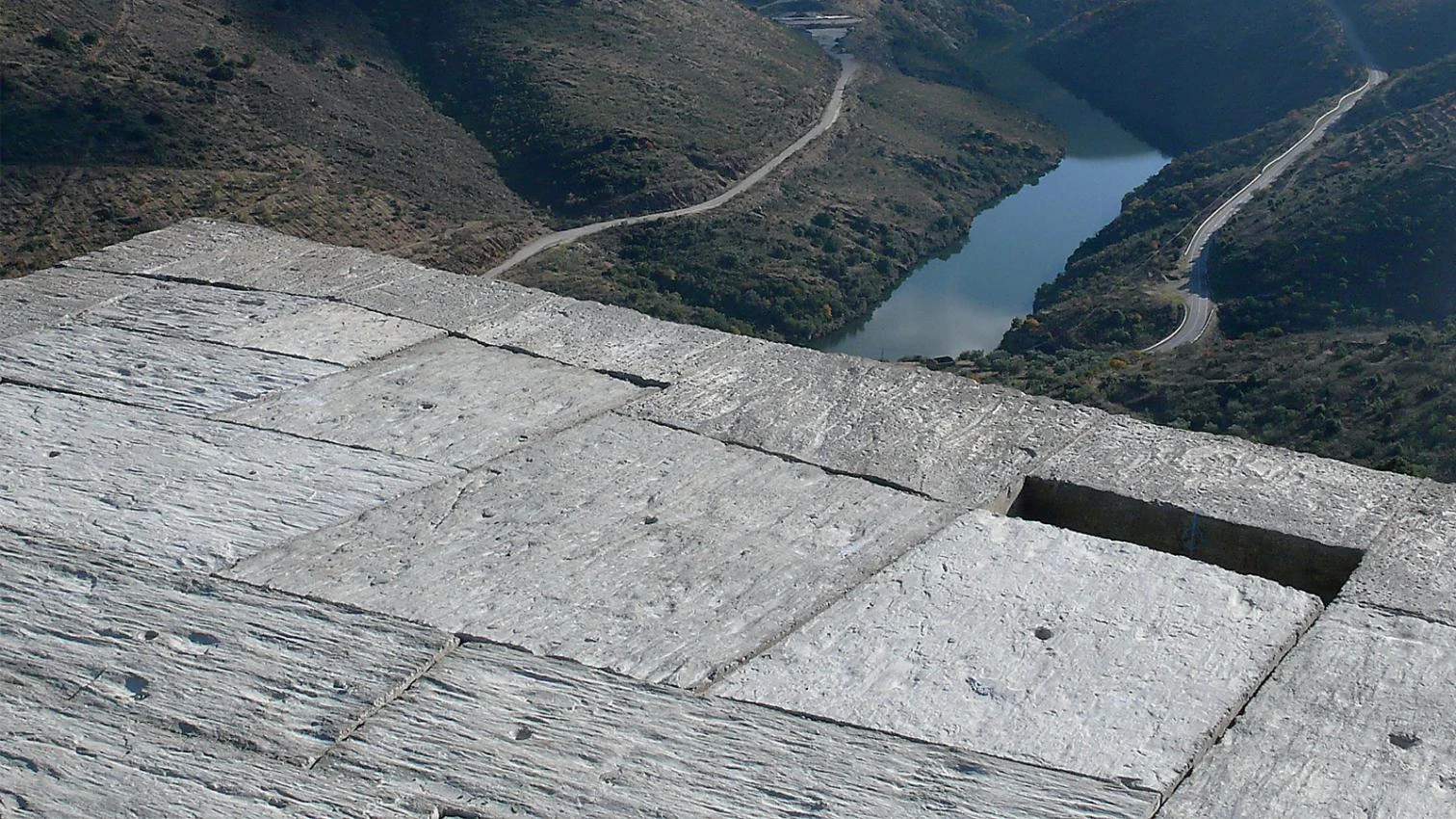On the Stone Raft

Portugal was rescued by the EU in 2011, and Spain the following year, so the two Iberian countries seem to be departing from Europe like the stone raft that Saramago imagined, breaking off from the continent as a crack opened in the Pyrenees. But that economic catastrophe, which is devastating the social fabric with the same violence as the Lisbon earthquake fractured the peninsular physical fabric two centuries and a half ago, should not affect the shared will to remain firmly anchored to the European currency and institutions. Of late, Portugal and Spain – which recovered democracy almost simultaneously, joined the European Union at the same time, and adopted the euro in unison – have experienced an architectural flourishing that is linked to the boom, and could wither if the financial, fiscal and political crisis breaks the connection with the rest of the continent.
This magazine published its first Portugal issue in 1994, celebrating the twentieth anniversary of the Carnation Revolution, which opened a new period for the country and for its architecture. That was a time of great optimism, with Lisbon as European Cultural Capital, busy undertaking the new works for the Universal Exposition that the city would host four years later. Now, after almost two decades, we return to a country where the economic decline and the social cuts have brought widespread unease, deepened in the case of architects, as in Spain, by the housing market collapse and the diminishing funds for public works. The country’s financial rescue took place exactly twenty-five years after it joined the European Union, so this issue happens to be both a marker of a change of cycle and an elegiac homage to the belated fruits of a fertile material and cultural period.
Between these two monographs of AV there have been two of Arquitectura Viva, which review the period coinciding with significant events: ‘From Porto to Lisbon’ took stock in 1998 of how architectural shine moved from the Duero to the Tagus, in the context of the Expo and the global exposure of a country that would adopt the euro the following year; ‘Panoramic Portugal’ registered in 2006 a stagnation that would bring storm clouds, even though the reforming spirit expressed in the polls led to expect a quick recovery. But it never arrived, and in the current circumstances we can only hope that the exquisite material quality and formal refrain of the works published here may testify to the solidity of our shared stone raft and our common belonging to European culture, and also prompt our colleagues on the other side of the ‘dry line’ to reconquer the splendor of Portugal.
Luis Fernández-Galiano





